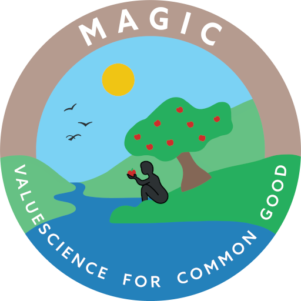- Habitat Stewardship — Planting for the Second Hundred Years — Steward California oaks and other native species on Stanford University open space lands.
- Habitat Stewardship — Monkeyflower Microbiome Research — Steward monkeyflower sites on Stanford University open space lands.
- Silicon Valley Barcode of Life — Engage people in learning why biodiversity is important and in acting to protect it.
- Reduce Waste. Feed People. — Collect and process tens of tons of produce and prepared food for distribution to thousands of deserving people.
- Liveable City — Research and advocate for ecologically-informed public policy and individual action to improve quality of life in cities and towns.
Habitat Stewardship — Planting for the Second Hundred Years
In 1980, Magic began working in partnership with Stanford University biology faculty and land managers to regenerate failing oak populations in the foothills which rise to the southwest of the central campus.
We pursue this work to enhance the ecological integrity of local open space used by hundreds of thousands of visitors annually and to provide opportunities for people who want to learn about ecology by protecting and restoring qualities of the environment on which all of us depend. Over decades, tens of thousands of volunteers have established thousands of oaks and tens of thousands of other native plants.

Habitat Stewardship — Monkeyflower Microbiome Research
Since 2020 we’ve been partners with Stanford’s Fukami Lab in planting sticky monkeyflower (Diplacus aurantiacus) along the “Dish” recreational route on Stanford’s Academic Reserve lands. A hummingbird-pollinated shrub native to California and Oregon, sticky monkeyflower was nearly extirpated from the “Dish” by cattle that grazed this land for many decades.

In addition to returning a native species to the “Dish” ecosystem, this work supports cutting edge ecological research, as well as curriculum improvements to allow students to engage authentically in faculty research.
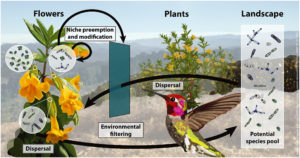
When hummingbirds feed on monkeyflower nectar, they introduce microorganisms such as bacteria and yeasts that alter nectar chemistry. Though tiny, this community, the nectar microbiome, can play a key role in persistence and expansion of a population of monkeyflower by, for example, affecting how many seeds it produces.
The nectar microbiome is similar enough to more complex ecosystems to serve as a model for study of basic ecological processes including dispersal—movement of organisms to live and reproduce elsewhere; niche preemption and modification—how organisms that colonize an environment influence opportunity for later arrivals; environmental filtering—how environmental attributes preclude establishment of some species; and species pool effects—results of the mix of species available to colonize a site.
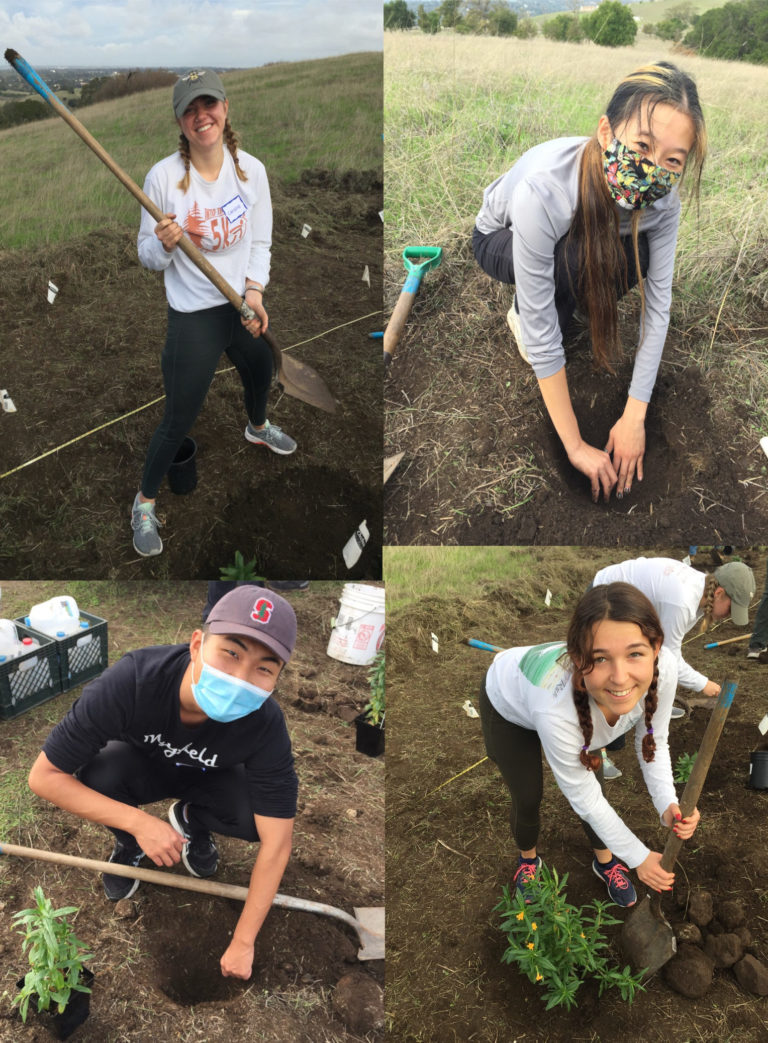
This project is key to expansion of a core biology course, Introduction to Research in Ecology and Evolutionary Biology, beyond Jasper Ridge Biological Preserve to a location more accessible to the central campus. In January 2020, we conducted a small trial planting, which we’ve maintained and monitored since. In early 2021, we accepted responsibility for cultivating hundreds of seedlings to be transplanted to the Dish in autumn.
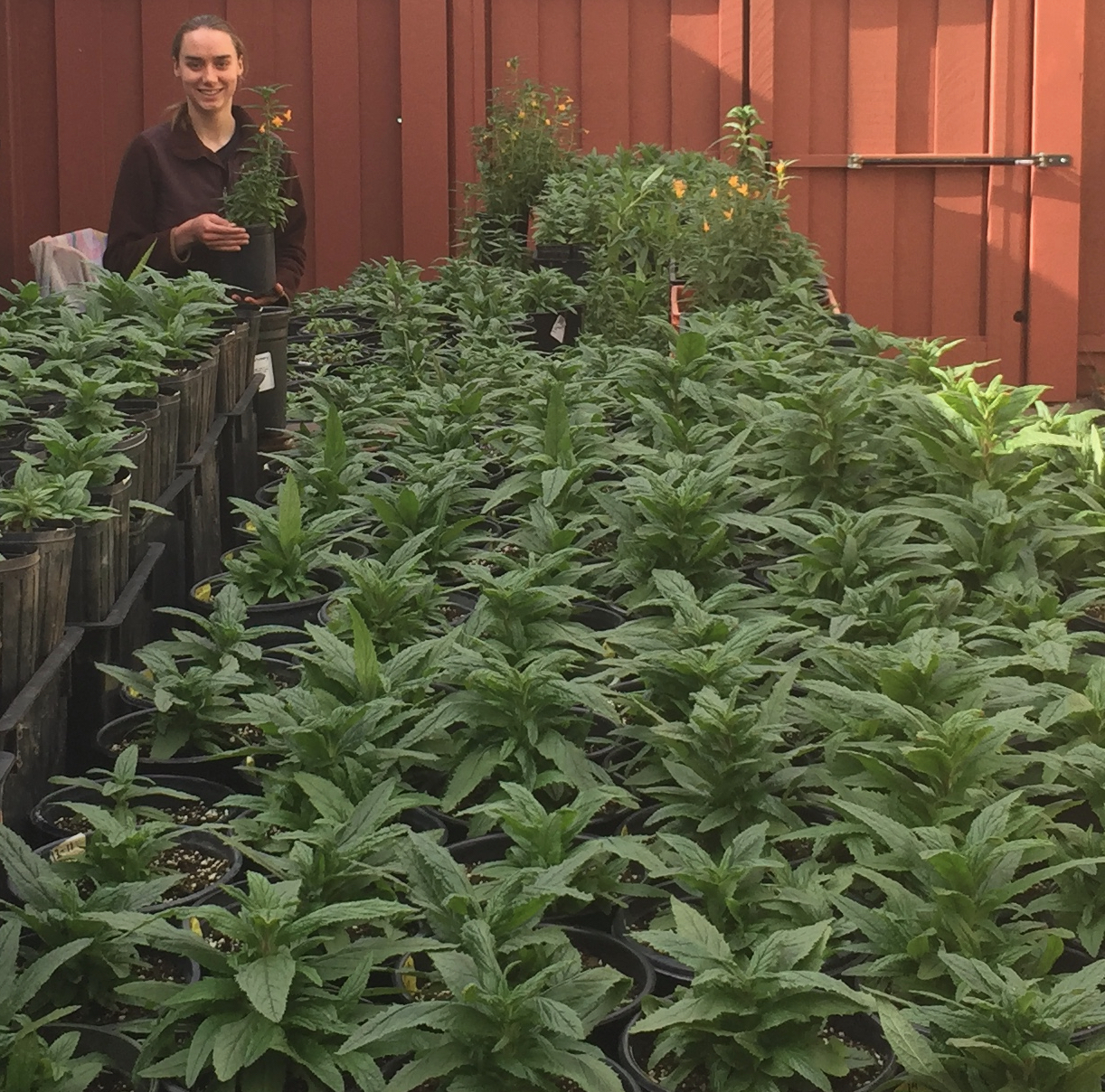
In late October, 2021, we began transplanting more than 500 seedlings to 16 sites of 32 each along the Dish recreational route. We completed transplanting in early 20221.
We’re monitoring rainfall, plant development, predation by rodents or insects, and a host of other factors. Depending upon what we observe, we irrigate and otherwise nurture the plants to increase likelihood that they’ll become established. Fukami Lab faculty and students are using them to further their research.
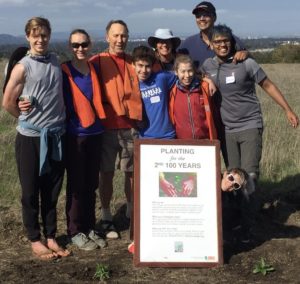
More than a hundred volunteers have contributed to this project, making new friends, learning about local ecosystems, enjoying the out-of-doors, exercising, and working for common good. Please join us!
Silicon Valley Barcode of Life
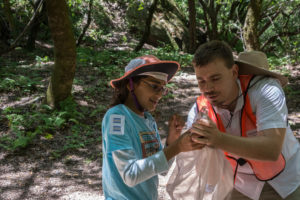
SVBOL is a cognitive activism project. We work with nature to change hearts and minds. We’re engaging people of Silicon Valley in learning why biodiversity is important to human well-being, and in acting to protect it.
We collect samples of organisms present here, read specific small segments of DNA to generate identifying “barcodes,” and upload findings to a publicly accessible database (BOLD) that can be used to document what exists and how it changes. In its first four years, from 2018–2022, SVBOL’s leadership have engaged 100+ volunteers, presented the project to 1000+ people in person, and to many more through publications, and contributed more than 10,000 specimens to the Center for Biodiversity Genomics at the University of Guelph. SVBOL is one of many International Barcode of Life (ibol.org) initiatives worldwide.
Reduce Waste. Feed People.
We collect and process surplus food from retailers, farmers, homeowners, and others. In a typical year, we receive, process, and transport more than twenty tons of nutritious produce and prepared foods that we and our service agency partners make available to thousands of deserving people through prepared meals, nutrition and cooking education classes, and direct food distribution.
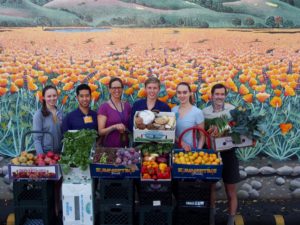
Liveable City
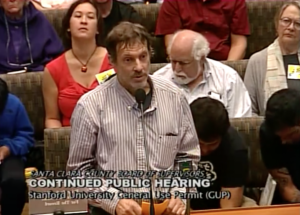
We advocate for ecologically-informed land use, transportation, and other public policies. We’ve successfully led campaigns to bring neighbors together, reduce speeding and short-cutting on neighborhood streets, enhance safety and convenience for pedestrians and cyclists, promote localism, plant and care for trees in parks and along roadways, limit use of debris blowers, reserve parking for residents on residential streets, address over-building, improve energy-efficiency, reduce energy and other resource use, increase and protect parks and open spaces, and more.
